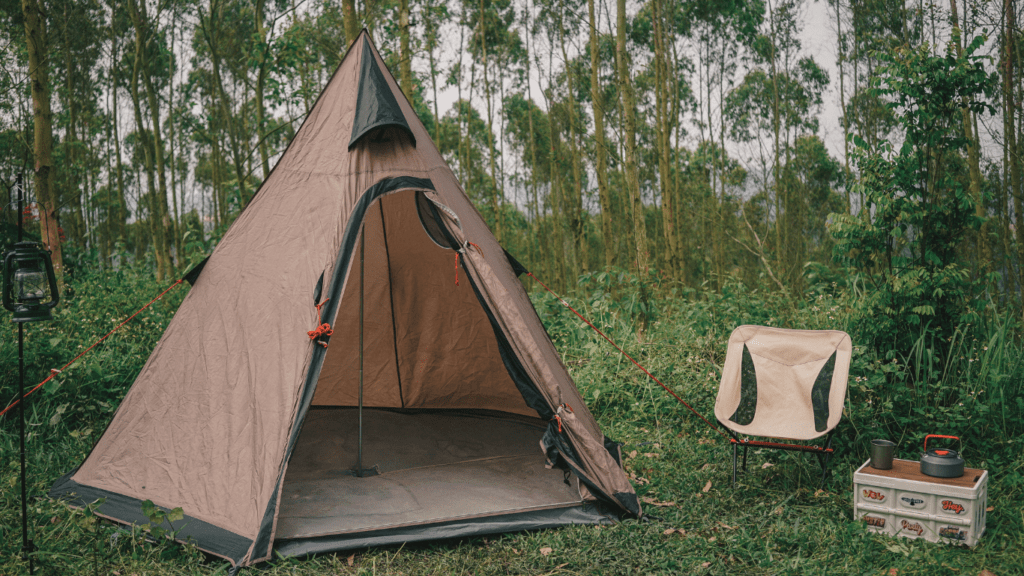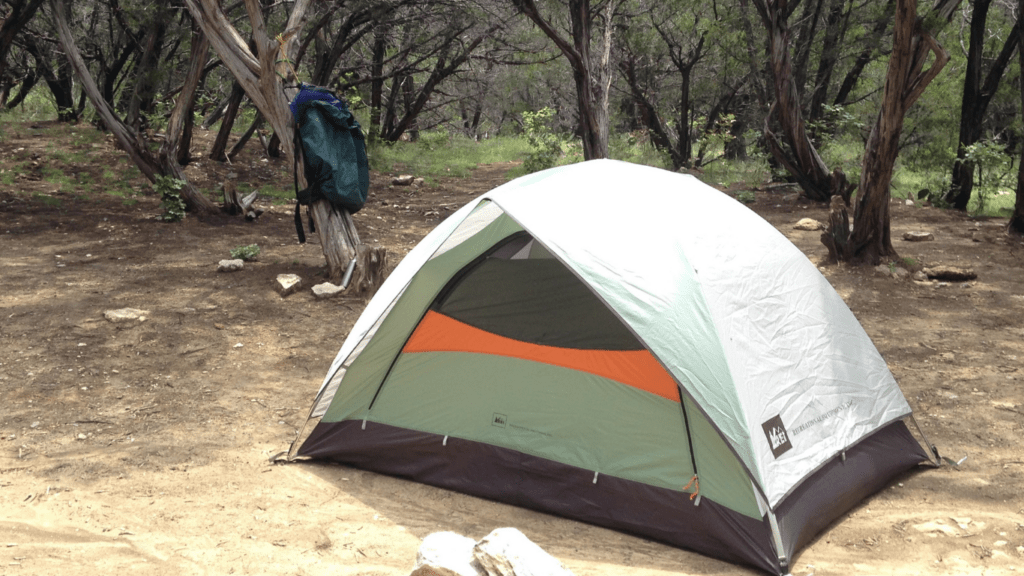Planning a camping trip? Setting up your tent efficiently and safely is key to a successful outdoor adventure. In this guide, I’ll share valuable tips to streamline the tent assembly process, ensuring you can enjoy your time in nature without any hiccups. From choosing the right location to securing your tent properly, I’ve got you covered with practical advice that will make your camping experience a breeze.
As an experienced camper, I understand the importance of a well-erected tent. Whether you’re a novice or a seasoned outdoor enthusiast, mastering the art of setting up camp is essential. With my insights, you’ll learn how to avoid common pitfalls and optimize your tent assembly technique for maximum comfort and security. Let’s dive in and make your next camping trip a memorable and stress-free experience.
Essential Equipment Needed for Tent Assembly
When it comes to setting up camp efficiently and safely, having the right equipment is crucial. Here are the essential items you’ll need for smooth tent assembly:
- Tent: The central piece of your camping setup, ensuring you choose a suitable tent size for the number of occupants and weather conditions.
- Ground Cloth: Placing a ground cloth under your tent protects the floor from damage and helps maintain a dry interior.
- Tent Stakes: These anchoring devices are vital for securing your tent to the ground and preventing it from shifting or flying away in windy conditions.
- Mallet or Hammer: Use a mallet or hammer to gently drive the stakes into the ground, ensuring a stable and secure tent setup.
- Guy Lines: Improve the stability of your tent by attaching guy lines to the tent’s anchor points and securing them with stakes.
- Tent Repair Kit: Be prepared for unexpected tears or damages with a tent repair kit that includes patches, adhesive, and replacement parts.
- Multi-tool: A versatile multi-tool can come in handy for various tasks during tent assembly, from cutting ropes to tightening screws.
- Headlamp or Flashlight: Ensure you have adequate lighting for setting up camp in low-light conditions or during nighttime.
Having these essential pieces of equipment ready will streamline your tent assembly process and contribute to a successful and stress-free camping experience.
Choosing the Right Campsite
When selecting a campsite, I always prioritize safety and comfort. It’s crucial to choose a flat and level spot to pitch your tent. Avoid setting up near dead trees or under branches that might fall. Look for a location that offers natural windbreaks like bushes or rocks to protect your tent. Additionally, pick a spot where water won’t pool in case of rain.
I consider the proximity to water sources. It’s convenient to be close to water for drinking, cooking, and cleaning, but ensure you follow Leave No Trace principles and camp at least 200 feet away from lakes and streams.
I also keep in mind the terrain and surroundings. I prefer campsites with natural beauty and great views but make sure the ground is suitable for tent stakes. Avoid areas prone to flooding or with potential hazards like ant hills or animal tracks.
Lastly, I recommend checking for any camping restrictions or permit requirements in the area you plan to camp. Always respect the rules and guidelines to protect the environment and ensure a safe camping experience.
Setting Up the Tent
Setting up a tent efficiently and safely is crucial for a successful camping trip. Mastering the tent assembly process involves preparing the tent area, assembling the tent, and securing it properly.
Preparing the Tent Area
Before assembling the tent, it’s essential to choose the right location. Select a flat and level campsite with safety and comfort in mind. Look for natural windbreaks and nearby water sources for convenience. Ensure the terrain is suitable for pitching a tent. Check for any camping restrictions or permit requirements to respect the environment and have an enjoyable camping experience.
Assembling the Tent
To assemble the tent, lay out the tent body on the prepared area. Insert the tent poles according to the manufacturer’s instructions. Connect the poles to form the tent’s structure. Attach the rainfly if needed for weather protection. Secure the tent stakes tightly into the ground to keep the tent stable. Use a mallet or hammer to drive the stakes into the ground securely.
Securing the Tent
After assembling the tent, it’s crucial to secure it properly. Adjust the guy lines to provide additional stability in windy conditions. Check all connections and stake placements to ensure the tent is secure. Utilize a tent repair kit to quickly fix any tears or damages. Keep a multi-tool handy for any adjustments needed during the camping trip. Use a headlamp or flashlight for visibility while securing the tent in low light conditions.
Camp Safety Measures
Ensuring camp safety is paramount for a successful camping experience. It’s vital to take necessary precautions to prevent any potential hazards. When setting up a camp, safety measures should be implemented to safeguard yourself and others in the camping group. Here are key safety tips to consider:
- Secure Tent Properly: I always make sure to secure my tent adequately to prevent it from collapsing or getting blown away by strong winds. Double-check the tent stakes’ positioning and tension the guy lines to keep the tent stable.
- Emergency Preparedness: Being prepared for emergencies is crucial. I recommend keeping a well-equipped first aid kit easily accessible in case of injuries. Additionally, familiarize yourself with the campsite’s emergency procedures and contact information.
- Fire Safety: Campfires can enhance the camping experience, but they can also pose a significant risk. Always follow fire safety guidelines, maintain a safe distance between the tent and the campfire, and never leave a fire unattended.
- Wildlife Awareness: Respect the wildlife around your campsite by securing food in airtight containers to prevent attracting animals. Keep a safe distance from wildlife, dispose of waste properly, and refrain from feeding any animals.
- Weather Conditions: Stay informed about the weather forecast for your camping location. Be prepared for unexpected weather changes by packing appropriate clothing and gear. Seek shelter in the tent if severe weather conditions arise.
- Campsite Cleanliness: Maintaining a clean campsite not only promotes environmental conservation but also reduces the risk of attracting pests and wildlife. Dispose of waste in designated areas and keep food stored securely.
By incorporating these safety measures into your camping routine, you can enjoy a worry-free and secure outdoor adventure. Remember, being proactive about safety ensures a memorable and safe camping experience for everyone involved.



 Ashleyen Gurganusoon, the founder of Terra Tactician Tactics, has always had a profound passion for the great outdoors and a deep-rooted belief in the power of nature to inspire and transform lives. With a background steeped in adventure and exploration, Ashleyen launched Terra Tactician Tactics to share her love for nature and to create a platform where outdoor enthusiasts of all levels can find valuable resources, expert advice, and the latest trends in outdoor activities. Her vision is to empower people to embrace the challenges and beauty of the wild, providing them with the knowledge and confidence to venture safely and enjoyably into nature.
Under Ashleyen’s leadership, Terra Tactician Tactics has become a trusted source for outdoor and survival enthusiasts worldwide. Her dedication to curating high-quality content on camping, hiking, backpacking, fishing, hunting, and adventure travel reflects her unwavering commitment to fostering a community that shares her passion for the outdoors. Ashleyen's approach is driven by her desire to help others experience the joys of nature and adventure while prioritizing safety, sustainability, and respect for the environment. Through Terra Tactician Tactics, she continues to inspire countless individuals.
Ashleyen Gurganusoon, the founder of Terra Tactician Tactics, has always had a profound passion for the great outdoors and a deep-rooted belief in the power of nature to inspire and transform lives. With a background steeped in adventure and exploration, Ashleyen launched Terra Tactician Tactics to share her love for nature and to create a platform where outdoor enthusiasts of all levels can find valuable resources, expert advice, and the latest trends in outdoor activities. Her vision is to empower people to embrace the challenges and beauty of the wild, providing them with the knowledge and confidence to venture safely and enjoyably into nature.
Under Ashleyen’s leadership, Terra Tactician Tactics has become a trusted source for outdoor and survival enthusiasts worldwide. Her dedication to curating high-quality content on camping, hiking, backpacking, fishing, hunting, and adventure travel reflects her unwavering commitment to fostering a community that shares her passion for the outdoors. Ashleyen's approach is driven by her desire to help others experience the joys of nature and adventure while prioritizing safety, sustainability, and respect for the environment. Through Terra Tactician Tactics, she continues to inspire countless individuals.